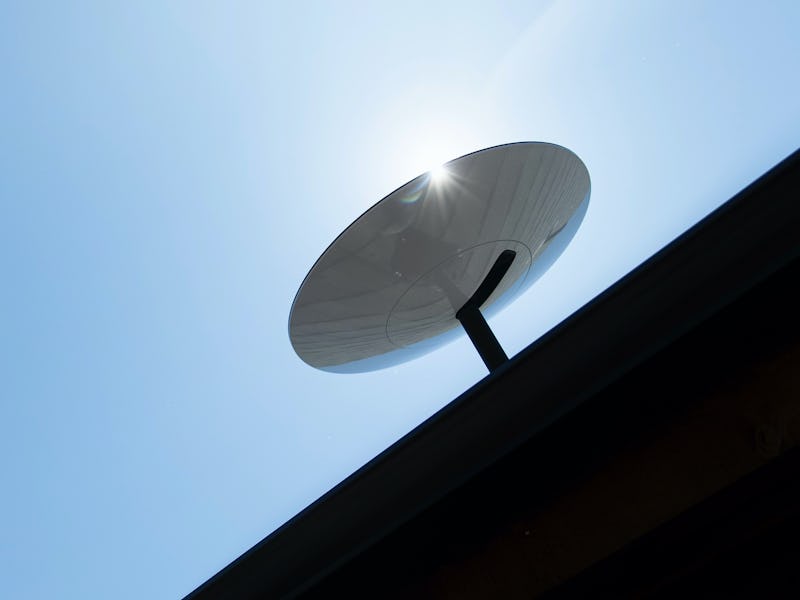Starlink: SpaceX wants to test sea-based internet using an iconic vehicle
SpaceX is taking a new approach to internet access, and it's deploying a special vehicle to try it out.

SpaceX is putting its Starlink satellite internet constellation through its paces, and it's using one of its most well-known vessels to get the job done.
A filing with the Federal Communications Commission on Tuesday, spotted by CNBC, requests permission to test Starlink user terminals on up to 10 vessels. Two of these would be autonomous spaceport droneships, currently used by SpaceX to help its Falcon 9 booster land after a mission. These ships, named Just Read the Instructions and Of Course I Still Love You, have become a visually striking symbol of the company's breakthroughs in rocket technology.
The tests could help SpaceX understand how Starlink performs when out at sea. SpaceX first started launching Starlink satellites in batches of 60 back in May 2019, with the goal of launching thousands of satellites that would orbit at a low altitude of 550 kilometers. SpaceX claims the low altitude will make internet access faster to respond to requests, reducing the high latency that plagues existing satellite internet services.
These providers enable a user to point a terminal to the sky and connect to the internet directly, a lifeline for those in areas without suitable ground-based internet connections. SpaceX is expecting to start offering Starlink service to the northern United States and Canada this year, expanding to offer "near global coverage of the populated world by 2021."
The filing explains how SpaceX will use its boats to test the internet service under varying conditions. The tests would last up to two years. The company is asking for permission to run the tests with the vessels when they are anchored at the port, when they are on the way to landing zones in the Atlantic Ocean, and when they are situated at the landing zone sites. These landing zones are normally around 600 to 675 kilometers downrange, or 380 to 420 miles.
Falcon 9 on a droneship.
SpaceX's rocket landings are an impressive aspect of the company's goals to reduce the costs associated with spaceflight. CEO Elon Musk claimed back in 2013 that a boost accounts for three-quarters of the total costs associated with rocket flight, which means saving the booster pays off over time. Musk suggested earlier this year that, when compared with a disposable rocket, a reusable rocket pays for itself after three flights.
These droneships have played a key role in this project. The ships move out to the expected landing point in the ocean, enabling the company to bring the ship and booster back home after a landing. SpaceX routinely livestreams these landings, making them an iconic part of the process.
SpaceX has managed to complete six landings with a single booster, the B1049. Its fastest turnaround time is 51 days. Musk has outlined his goal to reach a 24-hour turnaround time with a single booster. This challenge could become easier with the Starship, SpaceX's under-development fully-reusable rocket.
The Inverse analysis – This could be an imaginative new way to put Starlink through its paces – trying it out on a well-known vessel used for one of SpaceX's toughest challenges.
The tests could also answer one of the big questions around Starlink. Inverse has received a number of queries from readers around whether the satellites would be suitable at sea or on boats. SpaceX's ongoing beta tests, which got underway this summer, so far seem limited to ground-based homes in the northern regions of North America.
These early tests have shown promise. SpaceX claimed earlier this month that Starlink download speeds can reach over 100 megabits per second, a speed that can rival traditional ground-based connections. While a demonstration of the system using a droneship is cool and captivating, it's these high speeds that could help rural and underserved communities get online.
This article was originally published on